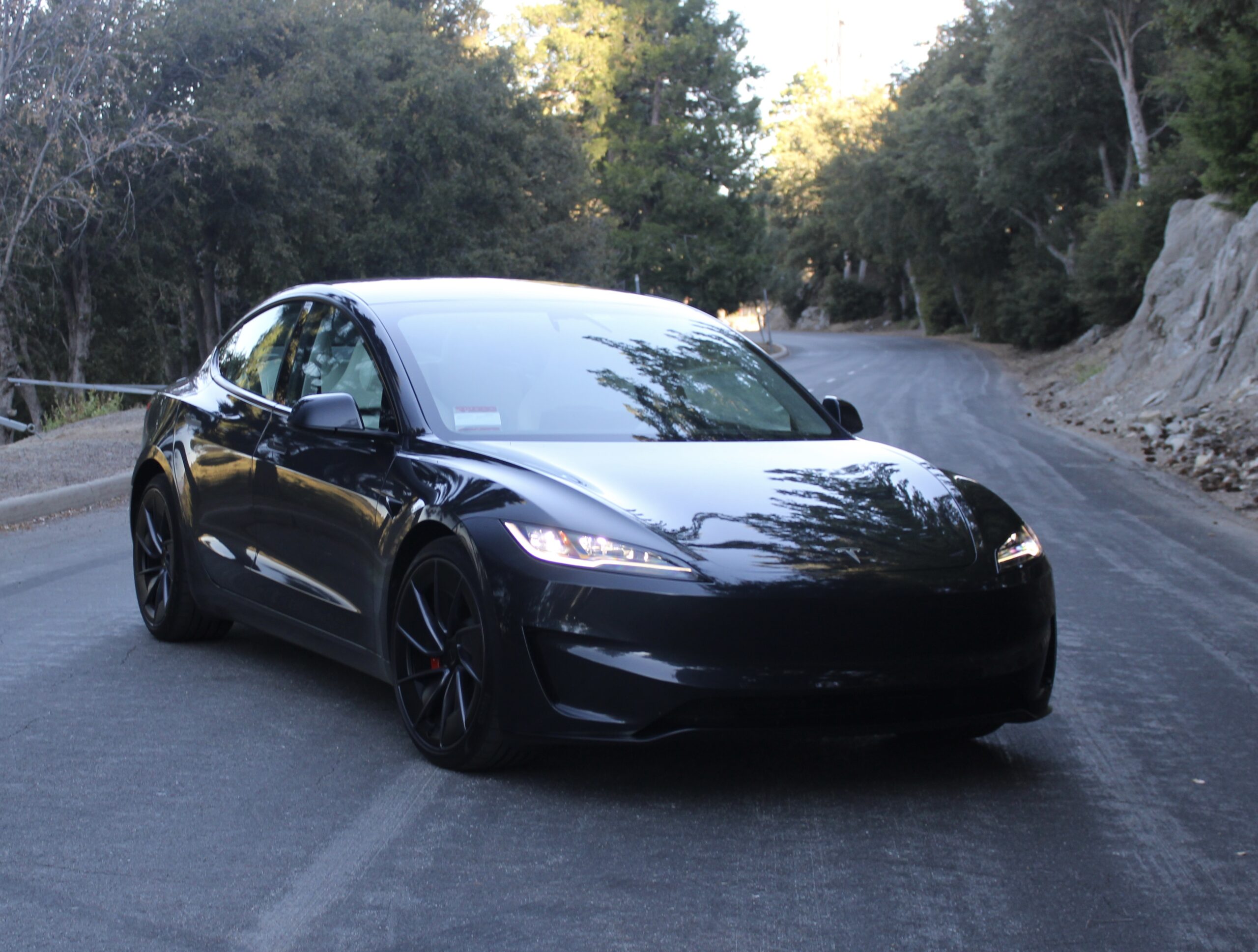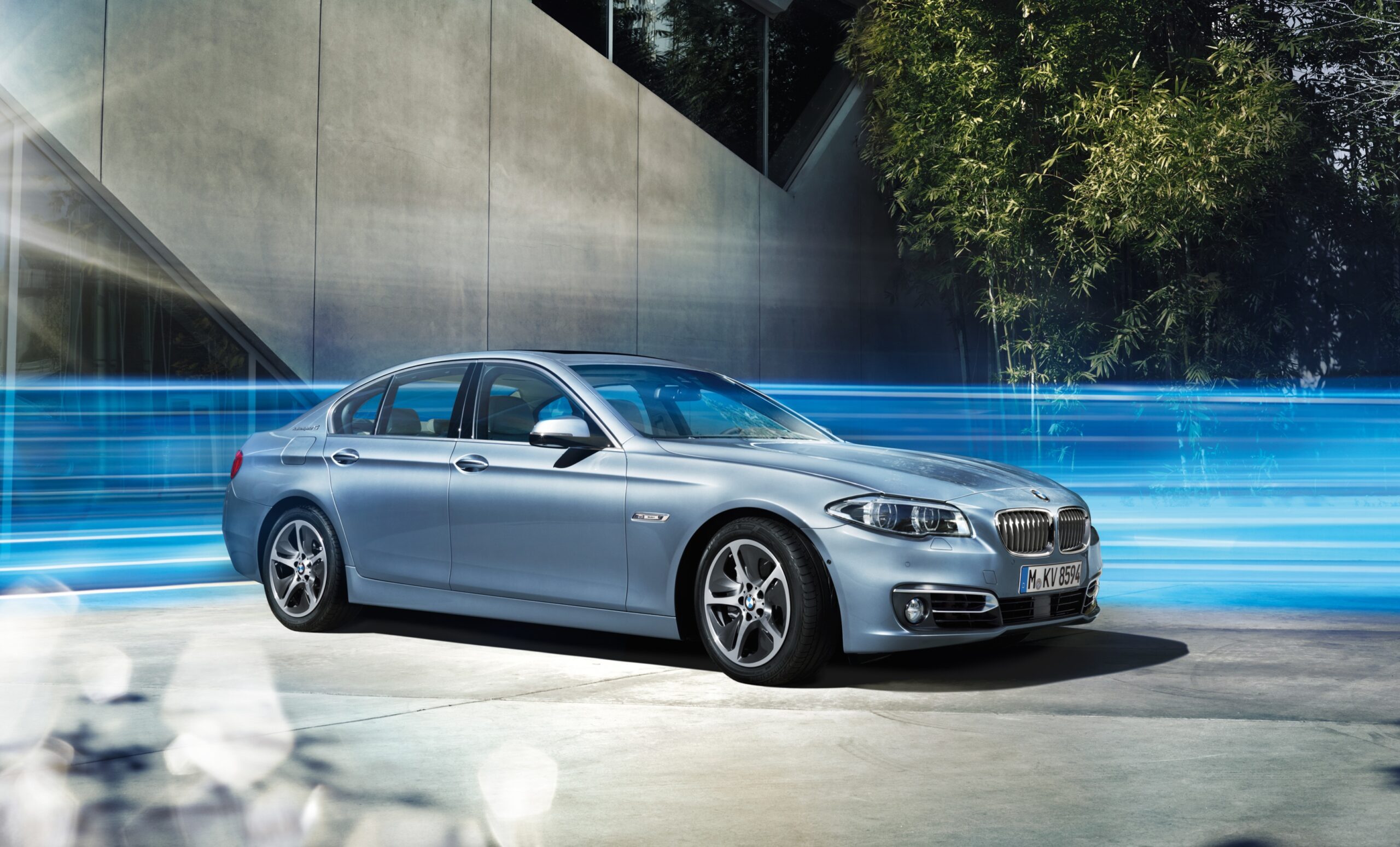The Tesla Model 3 embodies excellence. Politics aside, it remains one of the best battery-electric vehicles on the market, and it can access the most reliable DC charging network. This compact sedan checks so many boxes, it borders on perfection. However, that’s not always the best answer. Doing everything well impresses, but a phenomenal vehicle goes beyond the numbers. With that said, let me explain why I decided to sell my Tesla Model 3 Performance.
Tesla Model 3 Performance: What I Got
The Model 3 Performance I got essentially came fully loaded out of the box. Your only choices are the exterior color, a black or white interior, and Full Self-Driving (Supervised). Other than those, there are no optional extras outside of accessories bought via the Tesla app. Creature comforts like heated and ventilated front seats, heated rear seats, a heated steering wheel, and a 17-speaker premium audio system all came standard. Additionally, the car came with all the driver assistance features you’d want. Full Self-Driving (Supervised) adds a few more, but most are gimmicky and not useful.
Opting for the Performance variant added plenty of go-fast goodies. These include adaptive dampers, summer performance tires, upgraded brakes, and a Track mode that allows you to change the AWD system’s power bias. Additionally, the Model 3 Performance’s two electric motors generate 510 hp and 546 lb-ft of torque combined. On the outside, it features a unique front fascia, a Performance trunk badge, and 20-inch alloy wheels. Inside, it includes trim-specific sport seats embedded with the Performance badge.

Lives Up to the Performance Name
To no one’s surprise, the Model 3 Performance lives up to its name. 0 to 60 mph? 2.9 seconds. That’s quicker than many supercars and sports cars on the market. It grips tenaciously, too, thanks to its sticky tires and suspension tuned for maximum handling. Meanwhile, superb body control makes this car feel confident through the twisty bits. Should you decide to set up Track mode with a rear bias, it’ll happily rotate and go sideways.
Best of all, the Model 3 Performance also excels on the daily grind. It offers a compliant ride through varying road surfaces, even with those massive 275-width rear tires and lowered suspension. Even with the adaptive dampers in Sport mode, the car does a wonderful job isolating the cabin from harsh impacts on poorly maintained roads.
Where Things Went South
With all of the go-fast goods backing it up, you’d think that the Model 3 Performance delivers an engaging drive. However, that’s far from the case. This road-going cruise missile feels incredibly artificial, no matter how you drive it. That’s due to its steering, which lacks communication because it’s so disconnected. Although it’s quick and responsive, its overboosted nature makes the car feel appliance-like even when driven in a spirited manner. Sticky tires and a buttoned-down suspension also prove ineffective in enhancing driver engagement. Even with its unflappable grip, the Model 3 Performance remains cold and uninvolving.
What about that insane acceleration? It hinders the Model 3 Performance more than it adds to the overall experience. Think of it as a party trick to impress passengers. Once the honeymoon period wears off, that blistering speed loses its appeal. That power turns into a hindrance because the brakes, while powerful, can’t keep up with the rest of the car. As a result, driving enthusiastically on a road like Angeles Crest becomes a chore because the car has so much power that the suspension and brakes can’t keep up. Moreover, the rear electric motor tends to overdrive the rear wheels when you least expect it, causing the car to get sideways when you least expect it.












Superb Tech Requires Better Execution
Tesla’s software continues to lead the industry, and it’s evident in its vehicles’ infotainment systems. However, the layout makes it feel finicky because everything is lumped into a single large touchscreen. This means functions like adjusting the steering wheel and opening the glovebox require going into the submenus to access. Additionally, trying to make quick changes on the move requires the driver to take their eyes off the road for a longer period, which is simply unsafe. Despite the system’s instant responses, it’s hindered by its lack of alternative controls.
In the driver assist front, Tesla gatekeeps several features by bundling them with Full Self-Driving (Supervised) or FSD. Automatic lane changing and a few other features have either limited functionality or they’re part of FSD. Additionally, non-FSD vehicles require the driver to turn off AutoPilot to make a lane change with Autosteer (their version of lane keeping) active. This adds an annoying extra step on long drives, negating many of the benefits of having a suite of driver assistance features included in the first place. It forces owners to pay for FSD, which costs $8,000 at the time of this writing, or $99 per month if you opt for a monthly subscription instead.
On the topic of FSD, the system still needs more polishing. Although improved over time via over-the-air software, the system remains erratic and makes questionable decisions on the road. It loves changing lanes frequently, which can cause other drivers to think that you’re being reckless. FSD falls apart even further in city driving, where it operates in confusion. From making turns to changing lanes, the system simply does not work well in city traffic conditions.
Tesla Model 3 Performance: When Perfection Hinders
There’s no doubt that the Model 3 Performance offers exceptional performance and value. At around $55,000, it’s a lot of value for the money. However, checking every box isn’t always the answer. In the case of the Model 3 Performance, its lack of driver engagement detracted from the experience. Moreover, a massive learning curve held class-leading software. Although the Model 3 Performance meets what’s expected out of a high-performance sports sedan, it lags in several factors that prevent it from becoming a driver’s car. From the disconnected drive to the vehicle forcing you to adapt to it and not the other way around, this car feels like a robot with athletic ambitions. It’s fast, capable, and comfortable, but it lacks emotion and personality.







One thought on “Tesla Model 3 Performance: Why I Dumped It”
Comments are closed.